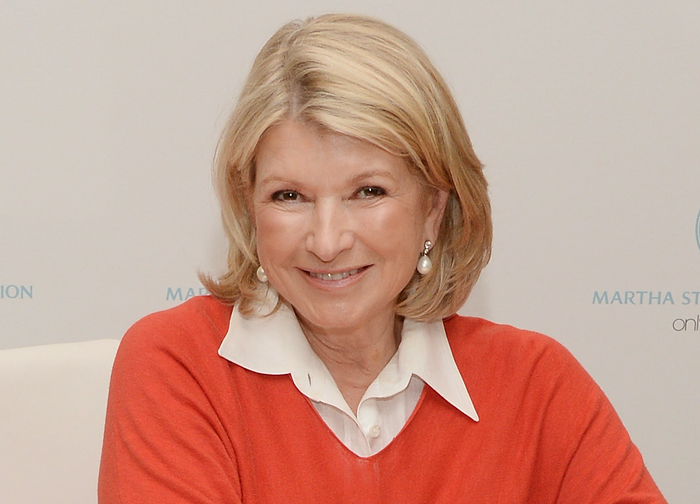IN ITS INAUGURAL SHOWING, the People's Biennial is an exhibition formed by curators Jens Hoffmann and Harrell Fletcher as an attempt to offset "the art world's ever-increasing exclusivity." The exhibit includes artists from cities outside mainstream art hubs—Portland; Scottsdale, Arizona; Rapid City, South Dakota; Winston-Salem, North Carolina; and Haverford, Pennsylvania. On view at Washington High School through October 17, the offerings range from homemade science videos to slice-of-life photography, mutant piñatas to sculptures made of old computer chips. The artists are largely self-taught or MFA-less, and together create an easily digestible pocket in this year's Time-Based Art Festival programming.
There's a wide range of work presented in the People's Biennial. Some of it is playful, like local artist Dennis Newell's Lego exhibit. Pitting plastic Star Wars characters against one another, Newell says he's exploring how to render "one's own ideas from a suggested pattern"—creating X-wings and other vehicles with loose Lego pieces, rather than the pre-fab, collectible kits. Other exhibits are less playful. Gary A. Freitas' Singularity, a series of sculptures made from computer chips, combines relevant post-humanist insights with a strong visual appeal. Shaped like flowers or mandalas, these sculptures are intended to comment on the confluence of creativity and technology, humanity and digital consciousness.
The show also includes artwork created as a mode of therapy. Take Raymond Mariani's illustrative self-portraits: Mariani, a 26-year-old living with autism, uses art to cope with "severely limited verbal communication abilities." Mariani's self-portraits show him as a magician, logger, conductor, dentist, fireman, bus driver, and more. The illustrations offer a heart-wrenching glimpse into one person's coping mechanisms, escaping from bodily limitations over and over again by imagining himself into various professions.
Other offerings are community or service oriented. Local artist Ally Drozd curated a presentation of works created by criminal offenders under an art program implemented by Judge Evans of the Portland Community Court: "The artwork," Drozd writes, "displayed in the court for a year, counts as [an offender's] service to the community, earning them a dismissal or a sentence of discharge in their case." The works are illustrative, ranging from cartoon characters to courtroom scenes.
Despite this wide range of work, when I bring up the People's Biennial with artists and friends, they often give it the "slow kid made a birdhouse" treatment. There are quite a few pieces in the show that are heavy on the "my kid could've done that" factor, and, yes, some of the artists are in fact children, like JJ Ross, who draws superheroes and family members. Yet these observations miss the point. The work is made not for competition in the contemporary art world, but for the improvement of the makers or their communities.
In the end, the People's Biennial recounts some interesting stories that could have otherwise gone unheard, and for me, that's reason enough to go check things out. Additionally, the show goes where no TBA has gone before—into the realm of the purely accessible. It's a refreshing exhibit, especially after an 11-day, PICA-caliber art bender. So if you find yourself at Washington High School getting worn out by the more challenging exhibits, take a peek at the People's Biennial; you'll probably find something to like.













